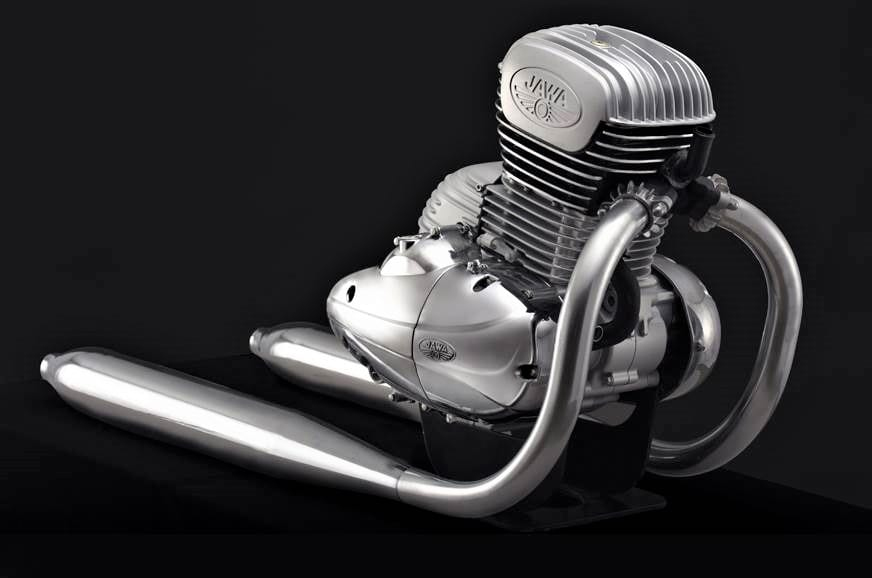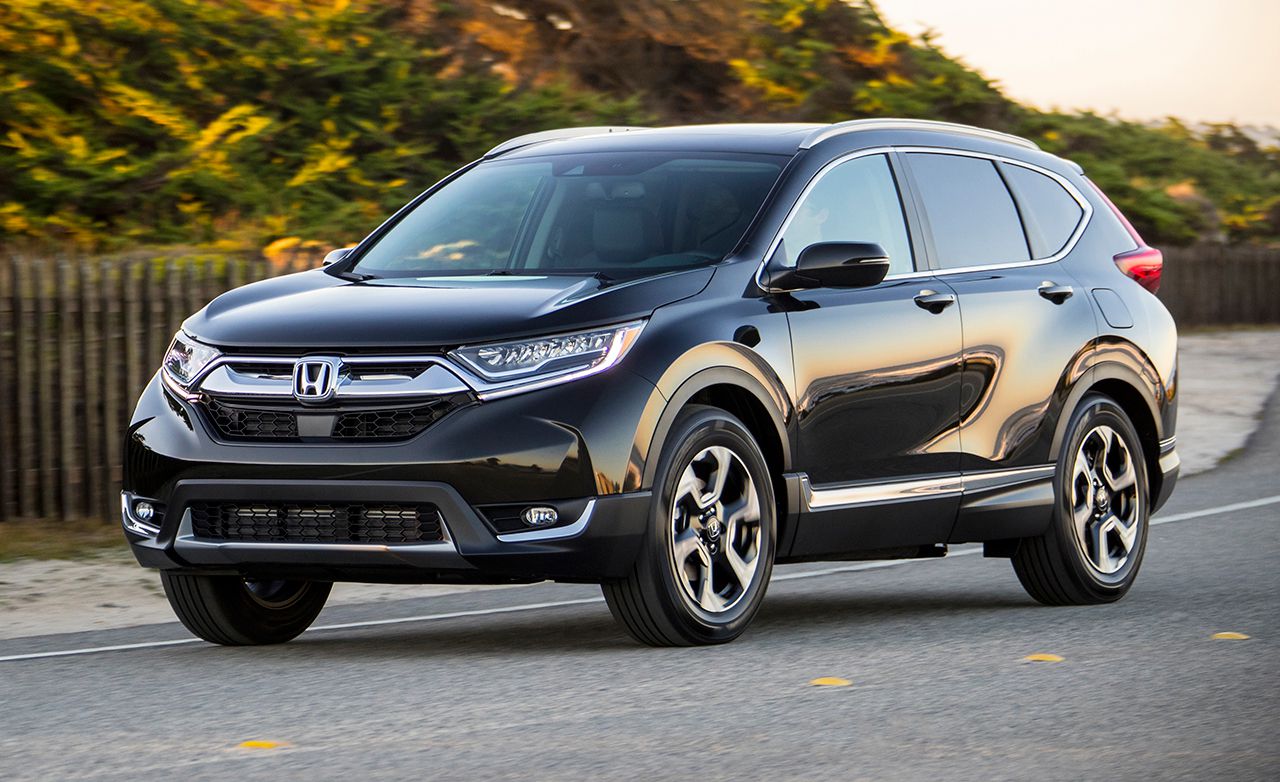Now a day’s small engines losing power. Do you know the fact?
In the past few months, there has been a consistent influx / detection of BS6 two-wheeled vehicles, and almost all have experienced slight loss of power and torque. Why the transition is happening from BS3 to BS4 ? This is because the BS6 requires a huge increase in emission control, so that almost all manufacturers have to switch from carburetors to more manageable fuel injection (FI) systems. However, a simple change to FI is not the only cost factor and another major cost implication to consider is the highly valued metal required in the exhaust catalytic converters.

To achieve overall generation, more power generating machines need more catalyst material. If your motorcycle is a premium engine, a price increase of several thousand doesn't really hurt, and so most power-focused engines from TVS, KTM and others seem to keep their data performance. However, when you work at the forefront of moderate engineering, rupee counts, so these manufacturers find themselves looking at the price / performance ratio, which was very difficult to balance.
Most seem to conclude that the customer driving experience is more important than the technical data on paper. And this driving experience is largely in the shape and height of the engine's torque curve. With the transition to BS6, it seems everyone is trying to balance their engine's power supply and lower the torque curve lower in the speed range at which the engines work more efficiently. This results in more efficient combustion, which results in fewer emissions for purification of the catalyst material - e.g. Stronger performance at lower speeds will keep the target customers happy. Manufacturers like Honda have developed brand new low capacity engines to achieve this goal.
Chatting with company representatives shows how challenging this process was. For example, the exhaust back pressure of all the above catalyst material and even the additional electrical load caused by the addition of the FI system can have an impact, which will be visible on small engines.
Then there's the fact that engines in India have traditionally been tuned to drive very poorly, which is one of the reasons why our fuel efficiency figures are so good. We could overcome this because India has largely the same topographic and weather conditions. However, poor combustion causes more NOx emissions, so now we need to move closer to stoichio metric (or perfect) combustion, where all the fuel is burned. In this process, more fuel is burned, which will result in a slight decrease in fuel efficiency, but again this should be compensated for by reduced torque curves.
It's quite fascinating and if you're riding a new two-wheeled BS6, it's nice to know how much work has been done to achieve a cleaner form of transport.







